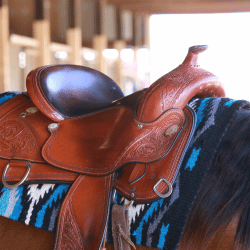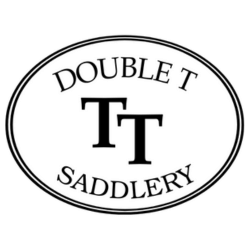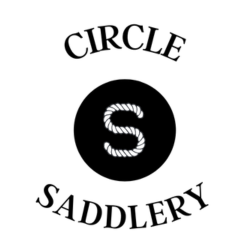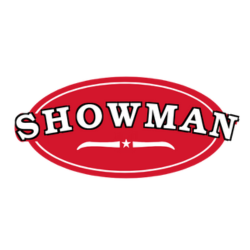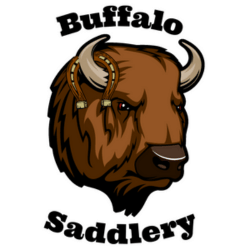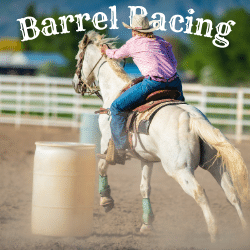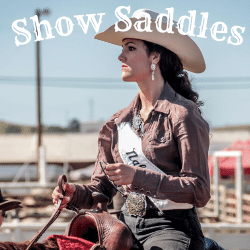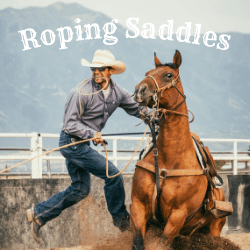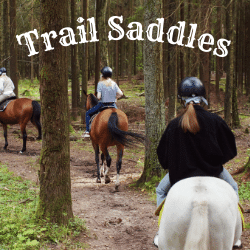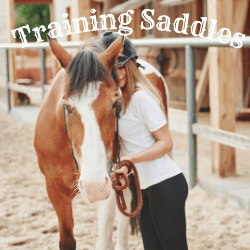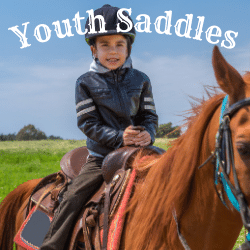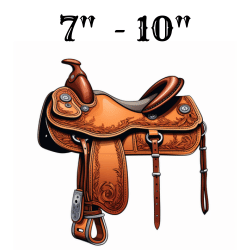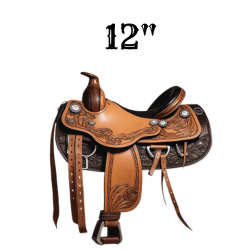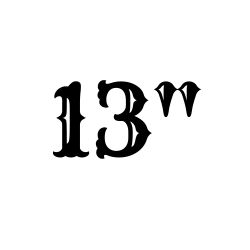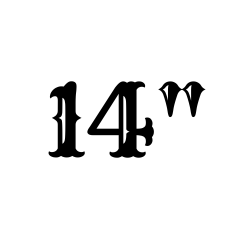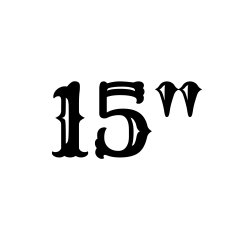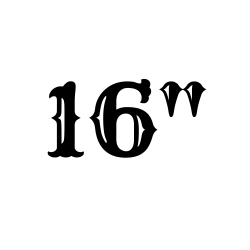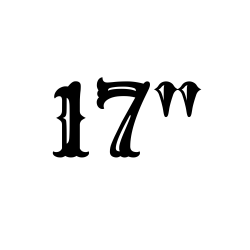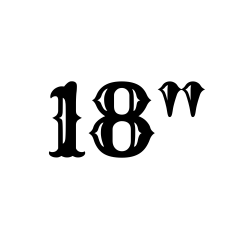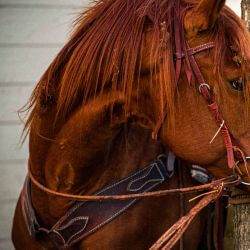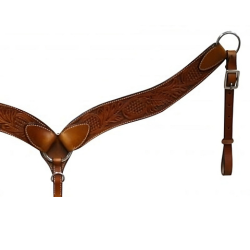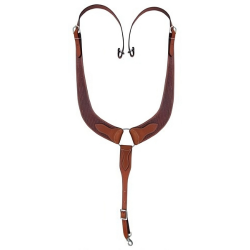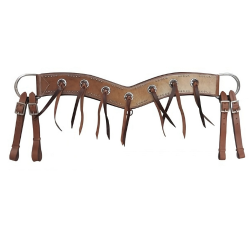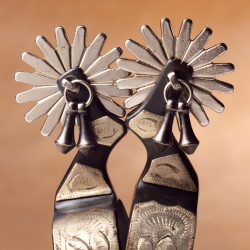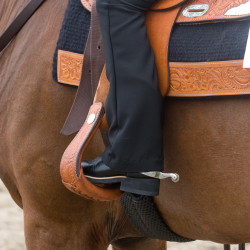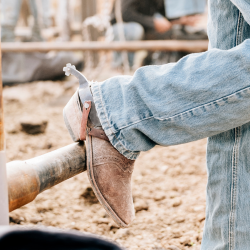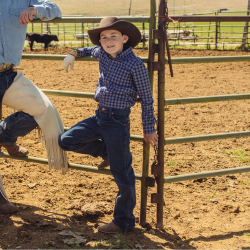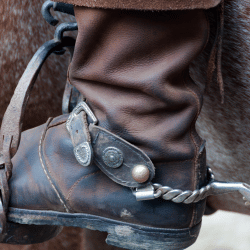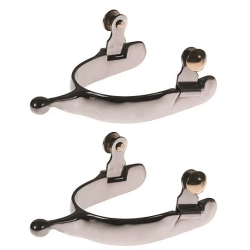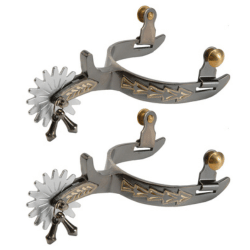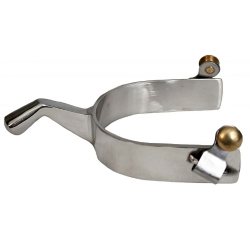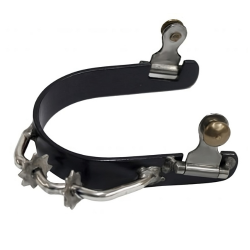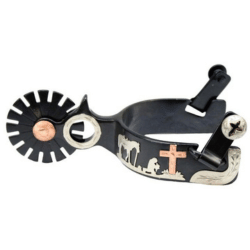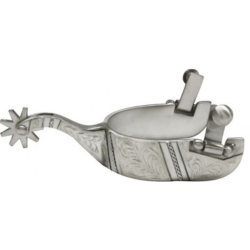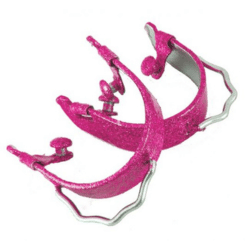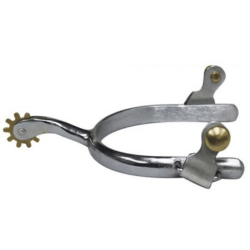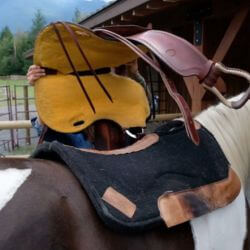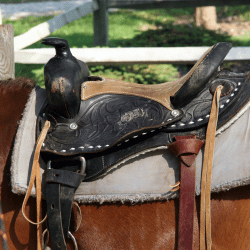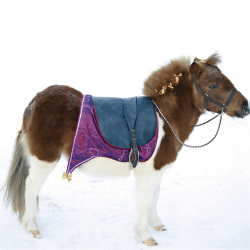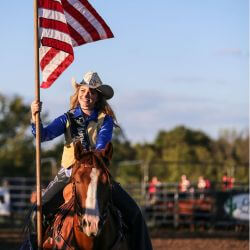Welcome to our blog post on understanding Western breast collars! If you're a horse enthusiast or rider, you've likely come across this essential piece of tack. Western breast collars play a crucial role in ensuring the comfort, safety, and performance of both horse and rider. In this post, we'll delve into the uses, types, and maintenance of Western breast collars, providing you with a comprehensive guide to help you make informed decisions about this important piece of equipment. Whether you're a seasoned rider or new to the Western riding style, this post will equip you with the knowledge you need to enhance your riding experience. So, let's get started by exploring what exactly a Western breast collar is and its purpose.
Introduction to Western Breast Collars
Western breast collars are an integral part of the Western riding gear ensemble. They serve not only as a fashion statement but also as a functional and practical piece of equipment. In this section, we will provide an introduction to Western breast collars, discussing their definition, purpose, and the different parts that make up this essential tack item.
Defining a Western Breast Collar
A Western breast collar, also known as a breastplate or breast strap, is a piece of tack that is designed to secure the saddle in place and prevent it from sliding backward during riding. It is typically made of leather or other durable materials and is worn across the horse's chest, attaching to the saddle on both sides.
The Purpose of a Western Breast Collar
The primary purpose of a Western breast collar is to provide stability and balance to the saddle. It helps distribute the weight of the rider and the saddle more evenly, preventing the saddle from shifting backward and causing discomfort or potential injury to the horse. Additionally, the breast collar helps keep the saddle centered on the horse's back, especially during activities that involve sudden stops, turns, or rough terrain.
The Different Parts of a Western Breast Collar
To understand the functionality of a Western breast collar, it's essential to familiarize yourself with its various components. The main parts of a Western breast collar include:
-
Collar Strap: This is the central strap that goes across the horse's chest, typically made of leather. It is the primary means of securing the breast collar in place.
-
Tug Straps: These are the straps that attach the collar strap to the saddle. They extend from the collar strap down to the saddle's rigging rings or D-rings on both sides.
-
Dee Rings: These are metal rings located on both sides of the saddle, to which the tug straps are attached. They provide a secure connection between the breast collar and the saddle.
-
Chest Piece: Some Western breast collars feature a padded or contoured chest piece that rests against the horse's chest. This provides additional comfort and helps prevent rubbing or chafing.
Understanding the different parts of a Western breast collar will enable you to properly fit and adjust it to ensure optimal comfort and functionality for your horse. In the next sections, we will explore the various types of Western breast collars, each designed for specific riding disciplines and preferences.
What is a Western Breast Collar?
A Western breast collar, also known as a breastplate or breast strap, is a piece of tack specifically designed for Western riding disciplines. It serves the purpose of securing the saddle in place and preventing it from sliding backward during riding. This section will provide a comprehensive understanding of what a Western breast collar is, its construction, and its importance in Western riding.
Definition and Construction of a Western Breast Collar
A Western breast collar is a strap-like piece of equipment that is worn across the front of the horse's chest, just behind the shoulders. It is typically made of high-quality leather, although synthetic materials may also be used. The breast collar consists of a collar strap, tug straps, dee rings, and sometimes a chest piece.
The collar strap is the central part of the breast collar that rests on the horse's chest. It is usually wide and padded to distribute pressure evenly and provide comfort. The tug straps extend from the collar strap down to the saddle's rigging rings or D-rings on both sides. These straps are adjustable and allow for proper fitting and attachment of the breast collar to the saddle. The dee rings are metal rings located on the sides of the saddle, to which the tug straps are securely fastened.
Some Western breast collars also feature a chest piece, which is a padded or contoured section that rests against the horse's chest. This additional padding helps prevent rubbing and provides extra comfort for the horse.
Importance of a Western Breast Collar in Western Riding
Western riding disciplines often involve activities that require quick stops, turns, and changes in direction. These movements can cause the saddle to shift backward, affecting the rider's balance and potentially causing discomfort or even accidents.
A Western breast collar plays a crucial role in preventing saddle slippage and maintaining stability. By securing the saddle in place, it helps distribute the rider's weight more evenly across the horse's back, reducing the risk of pressure points and discomfort. Additionally, a properly fitted breast collar helps keep the saddle centered on the horse's back, ensuring optimal balance and control during maneuvers.
In summary, a Western breast collar is an essential piece of tack in Western riding. Its construction and design contribute to the overall comfort, safety, and performance of both horse and rider. In the following sections, we will explore the different types of Western breast collars available, each serving specific purposes and catering to different riding disciplines.
Types of Western Breast Collars
When it comes to Western riding, there are several types of breast collars available, each designed to cater to specific riding disciplines and preferences. Understanding the different types will help you choose the right breast collar for your riding style and needs. In this section, we will explore the various types of Western breast collars, including traditional Western, roping, trail and pleasure riding, and show breast collars.
Traditional Western Breast Collars
Traditional Western breast collars are the most commonly used type and are suitable for a range of Western riding disciplines. They typically feature a wide collar strap that rests on the horse's chest and adjustable tug straps that attach to the saddle. These breast collars are often made of high-quality leather and may include decorative tooling or embellishments. Traditional Western breast collars come in various designs and colors, allowing riders to express their personal style.
Roping Breast Collars
Roping breast collars are specifically designed for the demanding sport of roping. They are built to withstand the intense pressure and sudden movements involved in roping cattle. Roping breast collars tend to have a wider and more substantial collar strap to provide extra support and stability. They often feature a contoured chest piece to ensure comfort and prevent rubbing during rigorous roping maneuvers. These breast collars may also have reinforced stitching or additional reinforcement to withstand the strain of roping.
Trail and Pleasure Riding Breast Collars
Trail and pleasure riding breast collars are designed with the comfort of both horse and rider in mind. They are typically lighter in weight and feature a simpler design compared to other types. These breast collars are often made of durable materials such as nylon or neoprene, which are easy to clean and maintain. They are adjustable and provide a secure fit without restricting the horse's movement. Trail and pleasure riding breast collars prioritize comfort and practicality, making them ideal for long rides and leisurely outings.
Show Breast Collars
Show breast collars are designed specifically for Western show competitions, where attention to detail and aesthetics are important. These breast collars often feature intricate tooling, silver conchos, and other decorative elements. They are typically made of high-quality leather and are designed to complement the overall appearance of the horse and rider in the show ring. Show breast collars come in a variety of styles and designs, allowing riders to showcase their style and make a statement in the show arena.
Understanding the different types of Western breast collars will help you select the most suitable option for your riding discipline, whether you're participating in roping, trail riding, or show competitions. In the next section, we will explore how to properly fit a Western breast collar to ensure optimal comfort and functionality for your horse.
How to Properly Fit a Western Breast Collar
Properly fitting a Western breast collar is essential to ensure the comfort and effectiveness of this piece of tack. A well-fitted breast collar will provide stability, prevent saddle slippage, and allow for unrestricted movement of the horse. In this section, we will discuss the steps to properly fit a Western breast collar, including positioning the breast collar, adjusting the tug straps, and ensuring comfort and ease of movement.
Positioning the Breast Collar
To begin fitting a Western breast collar, position the collar strap over the horse's chest, just behind the shoulders. Ensure that the collar strap lies flat against the horse's chest without any twists or folds. It should rest snugly but not too tightly. Avoid placing the collar strap too high on the neck or too low on the chest, as this can restrict the horse's movement or cause discomfort.
Adjusting the Tug Straps
Next, adjust the tug straps to ensure a proper fit. The tug straps should be long enough to allow for freedom of movement but not so loose that the breast collar slips or hangs too low. Start by attaching the tug straps to the dee rings on the saddle. Then, adjust the length of the straps evenly on both sides, keeping in mind that the breast collar should sit above the point of the horse's shoulder blades. Ensure that the tug straps are securely fastened without causing any discomfort or restricting the horse's breathing.
Checking for Comfort and Ease of Movement
Once the breast collar is positioned and the tug straps are adjusted, it's crucial to check for comfort and ease of movement. Allow the horse to move freely and observe if the breast collar restricts any shoulder or leg movement. The horse should be able to walk, trot, and canter without any discomfort or interference from the breast collar. Pay attention to any signs of rubbing or chafing, as this may indicate an improper fit or the need for additional padding.
Remember that every horse is unique, and their conformation may require slight adjustments to achieve the perfect fit. Regularly check the fit of the Western breast collar, especially if the horse's weight or body shape changes over time. Ensuring a properly fitted breast collar will contribute to the horse's overall comfort and performance during riding activities.
In the next section, we will discuss the maintenance of a Western breast collar, including cleaning, checking for wear and tear, and repairing or replacing parts as needed.
Maintaining Your Western Breast Collar
Proper maintenance of your Western breast collar is crucial to ensure its longevity, functionality, and the safety of both horse and rider. In this section, we will discuss the key steps involved in maintaining your Western breast collar, including cleaning, checking for wear and tear, and repairing or replacing parts as needed.
Cleaning Your Western Breast Collar
Regular cleaning is essential to keep your Western breast collar in good condition. Follow these steps to effectively clean your breast collar:
- Remove any dirt or debris from the breast collar using a soft brush or cloth.
- Wipe down the entire surface of the breast collar with a damp cloth to remove any sweat, grime, or residue.
- If necessary, use a mild soap specifically designed for leather to clean the breast collar. Apply the soap with a damp cloth, gently rubbing it into the leather in a circular motion.
- Rinse off the soap residue by wiping the breast collar with a clean, damp cloth.
- Allow the breast collar to air dry completely before storing or using it again.
- Optionally, you can apply a leather conditioner to keep the leather supple and prevent it from drying out.
It's important to note that not all Western breast collars are made of leather. If your breast collar is made of synthetic materials, follow the manufacturer's instructions for cleaning and maintenance.
Checking for Wear and Tear
Regularly inspect your Western breast collar for signs of wear and tear. Look for any loose stitching, cracked or frayed leather, or damage to the hardware. Pay attention to areas where the breast collar experiences the most stress, such as the collar strap, tug straps, and dee rings. If you notice any issues, take prompt action to address them to avoid any potential safety hazards.
Repairing or Replacing Parts
If you identify any damage or issues with your Western breast collar, it's important to address them promptly. Depending on the severity of the damage, you may be able to repair the breast collar yourself or seek professional help. Common repairs may include restitching loose seams, replacing worn-out leather, or fixing broken hardware.
In some cases, especially if the damage is extensive or compromises the safety of the breast collar, it may be necessary to replace the entire breast collar. It's important to prioritize the safety of both horse and rider, so don't hesitate to invest in a new breast collar if needed.
By following these maintenance practices, you can extend the lifespan of your Western breast collar and ensure its optimal performance. In the next section, we will conclude our comprehensive guide on understanding Western breast collars and highlight the key takeaways from this post.

